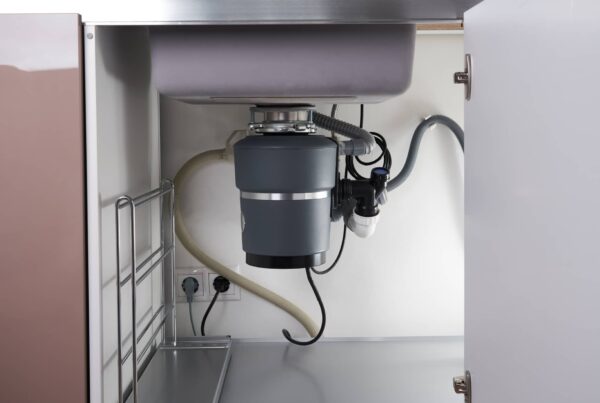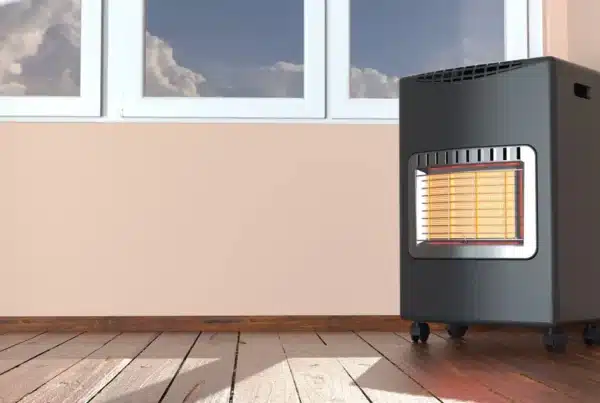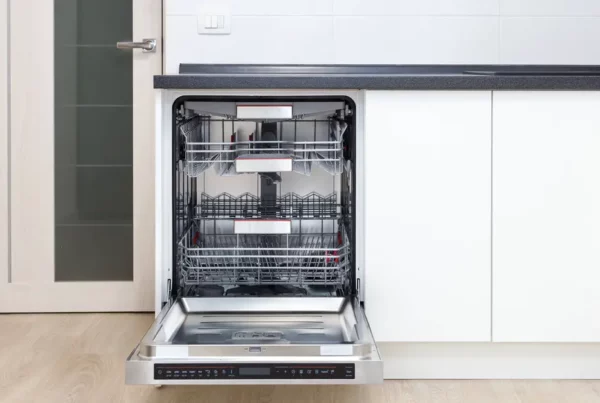
There are many areas in a home that homeowners often forget about. That is, until something bad occurs, such as a flood or breakdown of equipment. Most homeowners purchase a washing machine and have the new one brought in and the old one removed. While the new washing machine is installed the delivery person will hook up the hoses as needed. Unfortunately, in some cases, you may think you need to seal the drain. How to seal a washing machine drain hose? Well, you can’t. Instead, you need to have an air gap so a seal is not formed and siphons water out. Also, you want to make sure the washer drain hose is working.
Let’s take a look at more information regarding the steps for your washing machine drain hose.
Why the Washer Drain Hose Needs to be Repaired
The washer drain hose is an important part of the wash cycle as it takes wastewater out of the machine. Making sure that the hose is not blocked is essential. If the drain hose is not working, it can leak water or collect water under the washer. Unfortunately, if you don’t notice this, it can cause water damage to the walls and floor and a bad smell. Putting this as a priority to check wear and tear is important.

Steps to Repair the Drain Hose
Step 1. Disconnect the Hose
Look first to make sure there is no water pooling in the machine. If you see any, have a bucket ready to catch the water. Putting towels on the ground will also help in case water comes out of the hose during the disconnect.
If you need to get to the drain hose, the washer needs to be pulled away from the wall so you can get to it. Often, the hose is behind the washing machine and has a clamp on it that keeps it secured to the machine. Pinching the clamp will help you to remove it. However, it may have a screw that needs to be twisted which you can get a pair of pliers to help
Step 2. Drain Hose Needs Cleaning
If you want to try to clean the draining house instead of replacing it, you can. This is because maybe you have lint in it and it just needs to be cleaned out. You can put it in a tub of soapy water that is warm for 30 minutes. As with any machine, you want to keep the harsh chemicals away as they can cause the hose to crack or split.
Clean out the soap with pressurized water as this can help clean the inside of the drain hose and get the unwanted particle out. If there isn’t a tap that has high pressure, then using a shower head or garden hose is important. Another area to check while working on cleaning the house is to make sure your hose isn’t leaking water or has split. If it is, you will need to replace it or fix it
3. Leaks Need to Be Fixed
Continuing with step 2, if you have a leak in the drain hose as you run water through it, you can use a sealant or waterproof flex tape to seal it. Make sure that the products are for leaky hoses and that the surface is dry before you attempt to fix it. Also, reading the directions is important. This will help you to know if the hose is good to go to attach again or if there are other issues.
4. Test the Drain Hose
Now that you have the sealant or flex tape on, run water through the hose again. If It leaks again, use the sealant or flex tape to seal the leaks. Keep doing this until the water stops leaking. However, if you find you have done this several times, it may be time to just replace it. You can find a replacement at a local hardware store and make sure you know the model number when you go.
5. Time to Reconnect the Hose
To do this, use a clamp or screw to get the hose back on the washer. If you have a laundry sink, then you need to reconnect the hose. It might be a good idea to tape part of the hose to the washing machine and leave a gap between the wall and the hose.
This is because when you are using the washing machine, it doesn’t allow the hose to rub against rough surfaces which could damage it even more. Lastly, when the hose is reconnected, the washer should be slid back to where it was so the house avoids any damage.
Other Recommended Maintenance
Now that you know about sealing a washing machine drain hose, let’s take a look at a few other areas of maintenance. One of those is removing mold from the rubber seal. To do this, it involves a mixture of hot water and certain chemicals. Chemicals such as hydrogen peroxide mixed with hot water, or lemon juice mixed with water. There are a few different combinations to get the seal clean.
Another area is the water heater. You may have a new water heater in the home and wondering how long it takes to heat up. Well, it depends on the type of water heater and can range from 30 minutes to an hour.
Lastly, the dryer vent needs to be cleaned in your home. Many people don’t think about this, but the dryer vent should be cleaned at least two times a year. You will want to clean the dryer lint trap and drum to allow airflow.

When Do I Call A Professional?
Call on a master plumber anytime you have a leak or concern regarding your plumbing system. If you aren’t sure what is going on with your washing machine drain hose, you might want to consult a professional. Also, reach out to your local home inspection team. They can inspect your entire plumbing system and recommend a reputable master plumber.
Conclusion
Dealing with plumbing issues is never fun for a homeowner. In most cases, homeowners just want to plug something in and watch it work. Many do not have the time or energy to sit and study what each appliance part does. So deciding to seal a washing machine drain hose should be left up to a professional. Call Waypoint Property Inspection to inspect your home in Tampa, St. Petersburg, Lakeland, Orlando, Palm Beach, Ft. Lauderdale, and surrounding areas.



